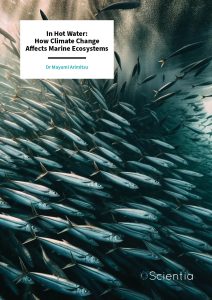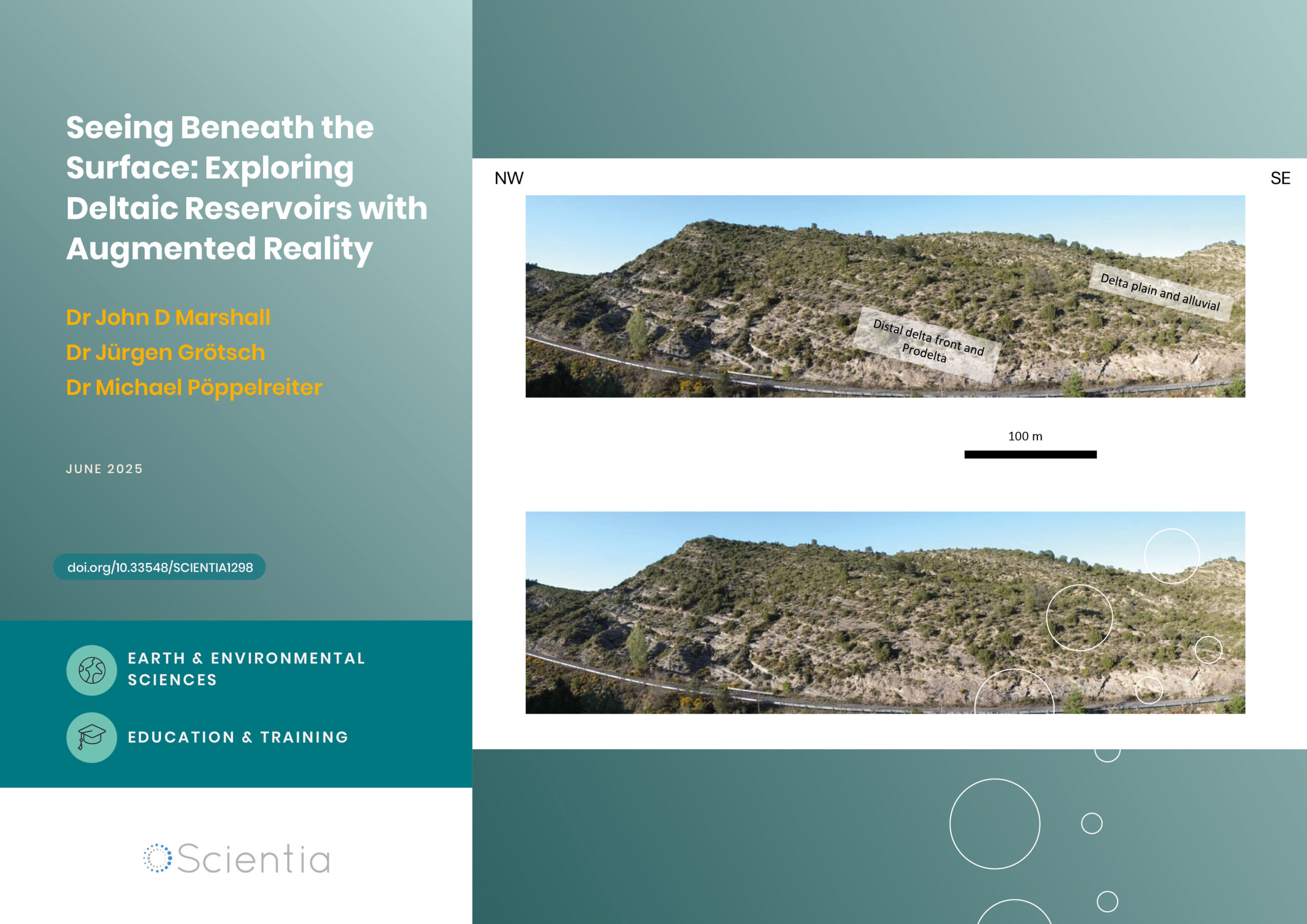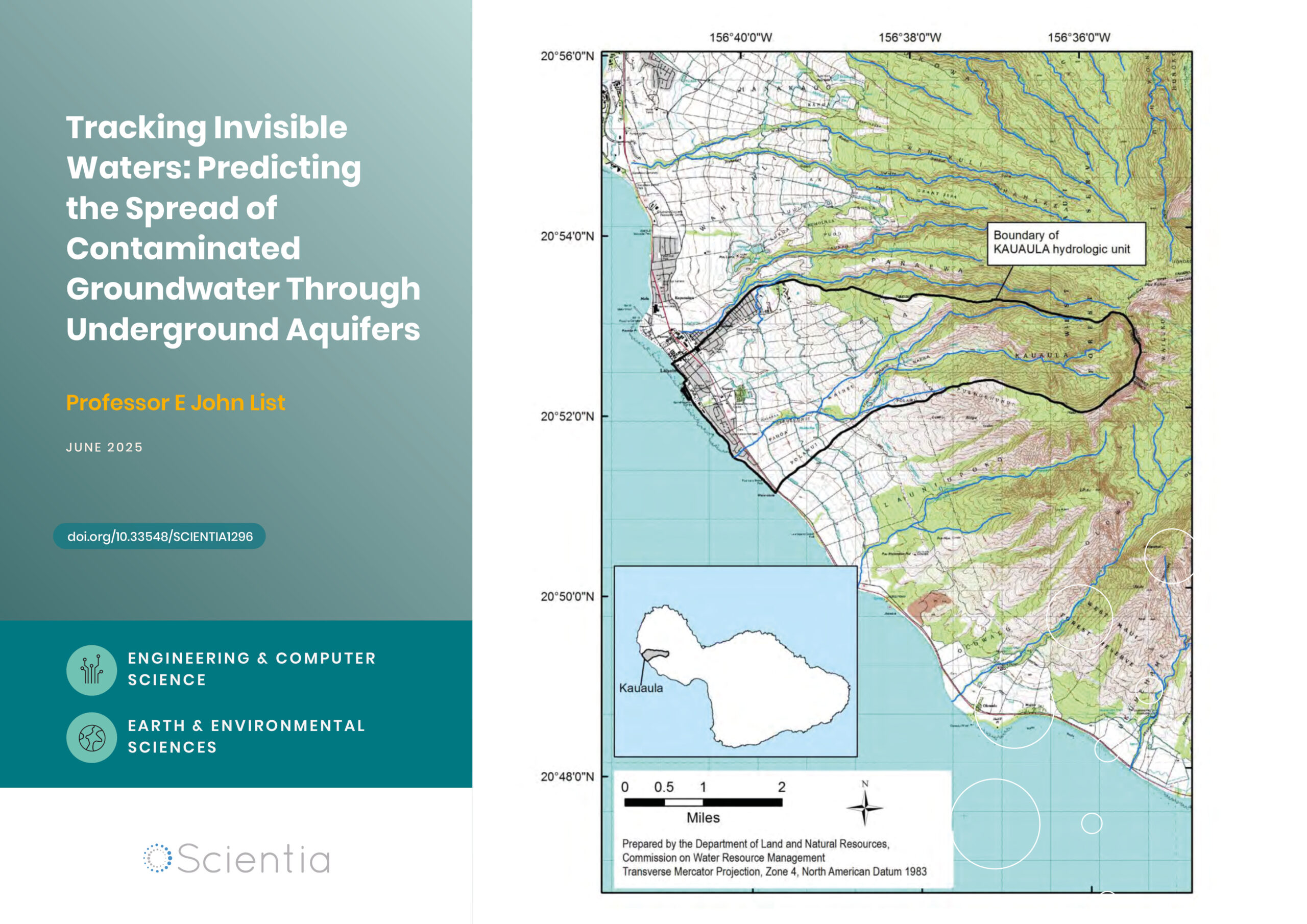Dr Mayumi Arimitsu | In Hot Water: How Climate Change Affects Marine Ecosystems
The interconnected webs of life on Earth are complex and fragile. With climate change causing more extreme weather conditions, understanding the impact a warmer planet might have on our oceans is vital. The North Pacific and Alaska’s seas are home to a large variety of species, making these important regions for study. Dr Mayumi Arimitsu at the USGS Alaska Science Center is working to understand the complex web of factors that influence the marine food webs in these oceans, and identify the impacts that a warming planet may have.
Coastal Ecosystems
The oceans cover two-thirds of our planet and host a phenomenal array of life. From microscopic plankton species to the largest animals on the planet, the ocean is home to the weird and wonderful, all connected in a complex marine food web. For marine researchers seeking to understand some of the mysteries of the sea, coastal regions are a good place to start. Coastal regions are a focal point for a huge proportion of marine life as they can provide shelter for young fish, foraging and nesting areas for seabirds, and host many geological features such as estuaries and glacial meltwaters.
The Gulf of Alaska is an ideal place to study coastal marine systems as large areas are under the protection of the US Department of the Interior, which serves to protect America’s natural resources and heritage, and the fjords provide an excellent habitat for many species of fish and seabirds.
As with many ecosystems around the world, coastal marine ecosystems are under increasing strain from climate change. Warming waters, changing currents, and more extreme weather events all take their toll on life above and below the waves, and marine researchers are trying to determine how animal populations will respond to these challenges. Dr Mayumi Arimitsu at the USGS Alaska Science Center is dedicated to this quest. She has worked in the fjords and seas of the Gulf of Alaska for over 20 years, pioneering new techniques and leading coordinated efforts to research marine ecosystems and provide fascinating insights into the world just offshore.
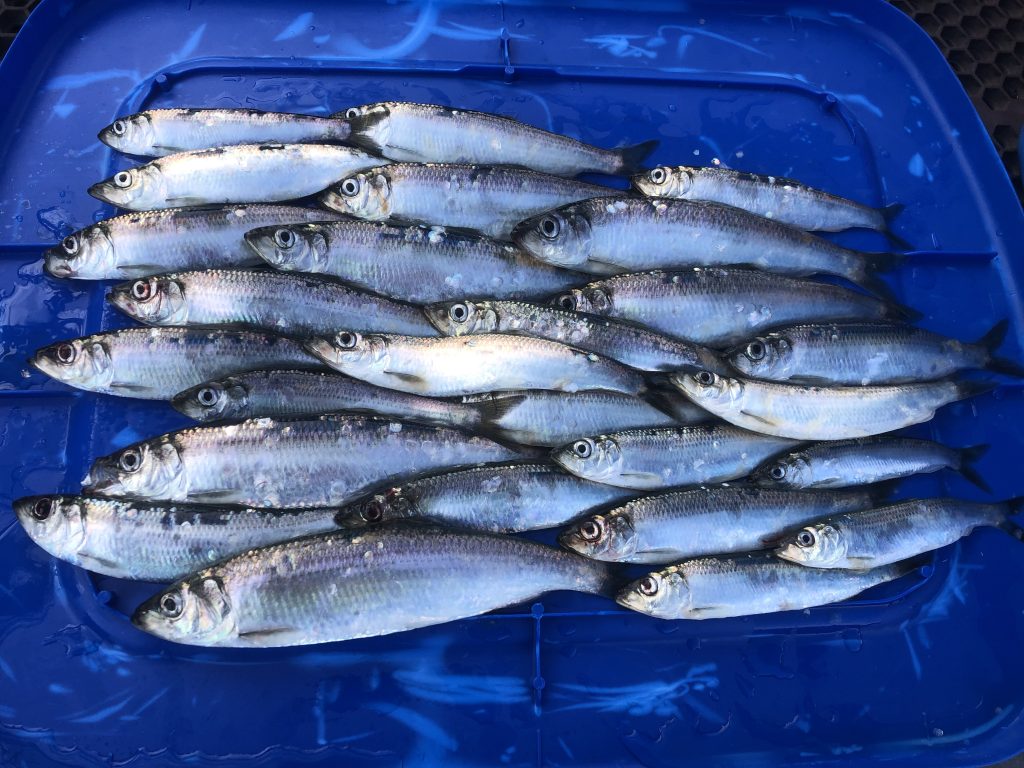
Credit: Mayumi Arimitsu, USGS
Searching the Seas
Researching the oceans and their inhabitants presents many challenges for scientists, and research is best undertaken from specially equipped scientific vessels. Dr Arimitsu has devoted a significant proportion of her time to conducting research at sea using echosounder systems to determine the distribution and abundance of marine life underwater while also counting seabirds and marine mammals to understand predators and their prey.
Back on land, the data on various marine populations and the marine environment can be used to predict the distributions and estimate the abundance of various species. Dr Arimitsu and her team have recently been working on new modelling techniques to more accurately predict populations of seabirds and their prey. By modelling the populations of marine predators and their prey species, Dr Arimitsu and her team can document the effects of changing ocean conditions throughout the marine food web.
A key piece of the puzzle for Dr Arimitsu is to understand more about the abundance and quality of forage fish, as this provides a good indicator of the health of an ecosystem. Forage fish occupy a key role in the food web as they transfer energy up the food chain from the zooplankton they eat, to the larger predatory animals that eat them. Studying these species is not without its challenges. Dr Arimitsu explains, ‘The ecology of forage fish is an especially challenging field of study and long-term indices of prey availability at relevant spatial scales are exceedingly rare… Forage fish, which include several small pelagic schooling species, are notoriously difficult to sample because of patchy distributions, high mobility, and differing life histories among the various species of interest’. Nevertheless, her success in studying forage fish populations around the Gulf of Alaska has led to insights regarding climate change impacts on the marine habitat and fish and wildlife populations in that region.
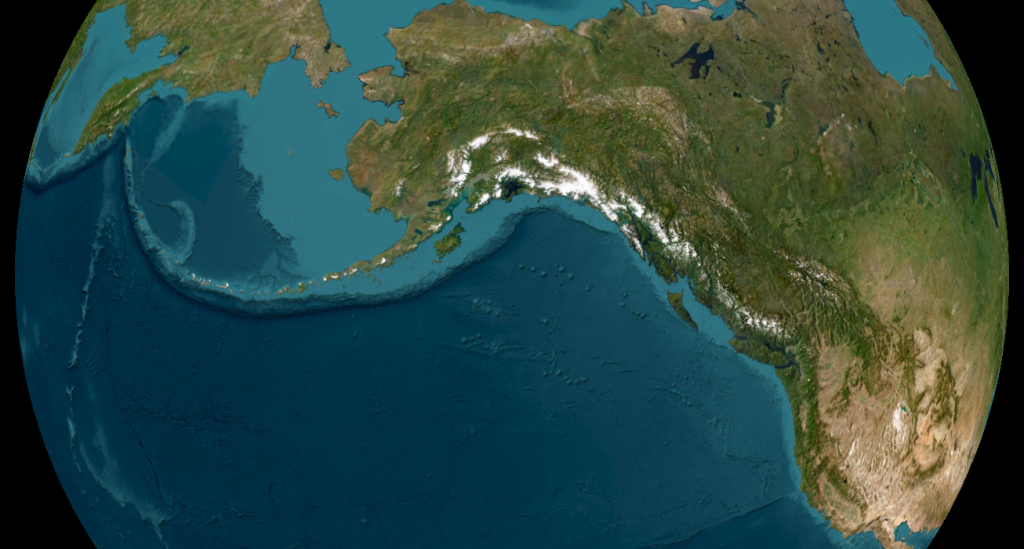
Hot and Cold: Marine Heatwaves and Glacial Meltwater
Climate change is one of the greatest challenges to marine ecosystems. Dr Arimitsu reports that the coastal regions of Alaska are already showing changes, including reductions of glacier ice and sea ice, and extreme marine heatwaves. These changes are expected to significantly impact fish and wildlife resources. A key task for Dr Arimitsu and her team is to determine the severity of the impact climate change will have on marine life in the area.
An opportunity to study the effects of warming water came in 2014 when an unprecedented marine heatwave (also known as ‘the blob’) developed in the Gulf of Alaska. This manifested as a large body of water that was significantly above the usual temperature for the region and lasted for upwards of three years, causing marine predators of all kinds to die of starvation along the entire west coast of North America.
Dr Arimitsu and her colleagues with the Gulf Watch Alaska Program found that the warm water impacted the zooplankton present in the region, reducing the number of large cold-water species, with smaller warm-water varieties replacing them. At the same time, large predatory fish had to eat more during the heatwave due to their higher metabolic rates in warmer water. So, the combined effects of a reduction in high-quality food and higher rates of predation led to an overall collapse of the forage fish ‘portfolio’ in the Gulf of Alaska. Usually, the breadth of forage species present in the area would allow the decrease in a specific forage fish population to be propped up by other species, but Dr Arimitsu and her team found that all species in the region suffered in one way or another.
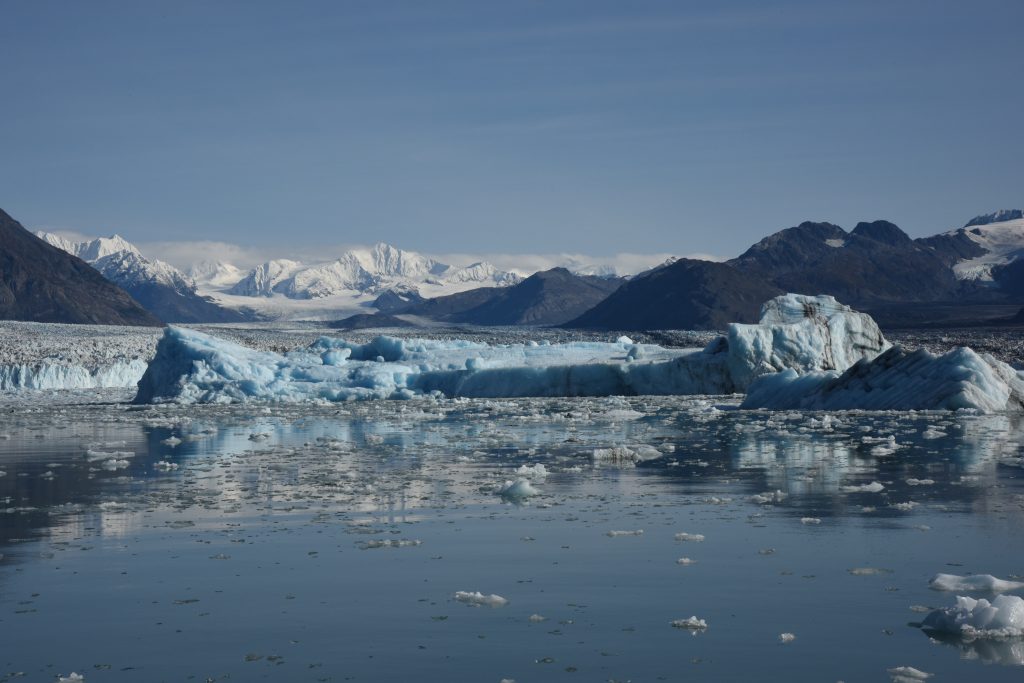
Credit: Mayumi Arimitsu
During the three-year heatwave, Dr Arimitsu found that in addition to the reduced abundance of forage fish, changes in the size and fat content of forage fish also caused prey quality to be lower than normal. These changes in the marine food supply then caused many animals further up the food chain to struggle in the following years, with many predators such as seabirds, whales, and predatory fish experiencing mass starvation, low breeding success, and signs of malnutrition.
Coastal areas of southern Alaska provide cool-water refugia for marine life, however, because of the extensive glacier ice sheets that occur there. From spring to fall, the fjords of Alaska have an influx of cold water from melting glaciers. Dr Arimitsu and her team undertook an in-depth investigation into the effects that this cold-water influx had on the ecosystem of several large fjord ecosystems with tidewater glaciers. The team found cold water from glaciers flowing into fjords brings nutrients into the ocean from the land, encouraging zooplankton and forage fish species to flourish in areas beyond the silty glacier meltwater plumes where light and nutrients fuel phytoplankton growth. This provides an ideal habitat for seabirds to feed, and many species were abundant in glacial-fed fjords.
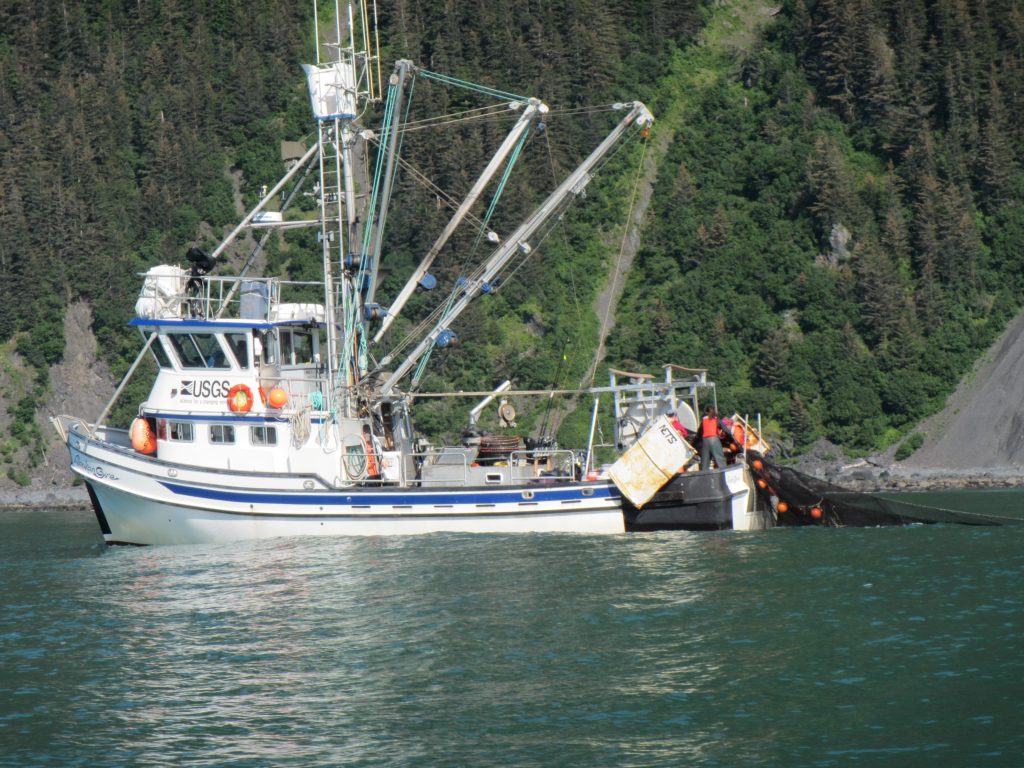
Credit: Mayumi Arimitsu
Interestingly, one fish species present in the glacial-fed fjords was capelin, which had experienced a stock collapse in the North Pacific when waters shifted from cool to warm after the 1977 regime shift, and again during the 2014–2016 marine heatwave. Capelin fish have been described as the ‘canaries of the sea’ for their sensitivity and quick response to changes in ocean temperatures. Capelin thrive when water temperatures are cooler, and they seek out cold-water refugia such as glacier fjords or productive upwelling areas where cold, deep water is brought to the surface by wind and currents. Dr Arimitsu has recently worked to convene a symposium with capelin biologists from around the world to learn more about how capelin abundance, growth, spawn timing, and other factors will respond to changing climate.
Although further work remains to be done to study the effects of climate change on marine life populations, Dr Arimitsu’s research provides intriguing insights into the role these marine heatwaves and cold-water influxes have on the coastal ecosystem. Her work fits into a growing body of scientific information from other regions around the world.
Dr Arimitsu’s work in the chilly seas of coastal Alaska has given us a wealth of data and new techniques to better document and understand the complex web of life that exists above and below the waves. With these data, she and her team have gathered scientists and governmental bodies that can better prepare for the impact of climate change on coastal regions and track the health of marine ecosystems undergoing extreme events. With her dedicated expertise and experience, Dr Arimitsu is sure to continue making waves as she pursues her quest to reveal the world just below the surface.
SHARE
DOWNLOAD E-BOOK
REFERENCE
https://doi.org/10.33548/SCIENTIA978
MEET THE RESEARCHER
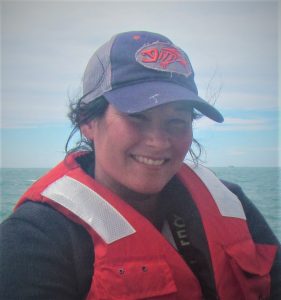
Dr Mayumi Arimitsu
USGS Alaska Science Center
Juneau
Alaska, AK
USA
Dr Mayumi Arimitsu’s work as a research ecologist has spanned more than 20 years. When she finished her undergraduate studies at the University of California, Santa Cruz, in 1998, she began working as a fishery biologist at the USGS Alaska Science Center. She earned an MSc and PhD in Fisheries from the University of Alaska Fairbanks in Juneau, and has since worked as a research ecologist for the USGS Alaska Science Center. Her work to document the impacts of climate change on marine food webs aims to better understand the effects of warming on our planet.
CONTACT
E: marimitsu@usgs.gov
W: https://www.usgs.gov/centers/alaska-science-center/science/pacific-marine-heatwave
KEY COLLABORATORS
John Piatt, U.S. Geological Survey Alaska Science Center
FURTHER READING AND RESOURCES
ML Arimitsu, JF Piatt, JT Thorson, et al., Joint spatiotemporal models to predict seabird densities at sea, Frontiers in Marine Science, 2023, 10, 1078042. DOI: https://doi.org//10.3389/fmars.2023.1078042
ML Arimitsu, JF Piatt, S Hatch, et al., Heatwave-induced synchrony within forage fish portfolio disrupts energy flow to top pelagic predators, Global Change Biology, 2021, 27, 1859–1878. DOI: https://doi.org/10.1111/gcb.15556
ML Arimitsu, JF Piatt, F Mueter, Influence of glacier runoff on ecosystem structure in Gulf of Alaska fjords, Marine Ecology Progress Series, 2016, 560, 19–40. DOI: https://doi.org/10.3354/meps11888
ML Arimitsu, JF Piatt, MA Litzow, et al., Distribution and spawning dynamics of capelin (Mallotus villosus) in Glacier Bay, Alaska: a cold water refugium, Fisheries Oceanography, 2008, 17(2), 137–146. DOI: https://doi.org/10.1111/j.1365-2419.2008.00470.x
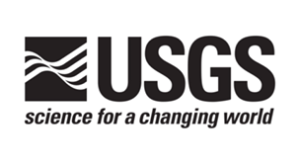
REPUBLISH OUR ARTICLES
We encourage all formats of sharing and republishing of our articles. Whether you want to host on your website, publication or blog, we welcome this. Find out more
Creative Commons Licence (CC BY 4.0)
This work is licensed under a Creative Commons Attribution 4.0 International License. 
What does this mean?
Share: You can copy and redistribute the material in any medium or format
Adapt: You can change, and build upon the material for any purpose, even commercially.
Credit: You must give appropriate credit, provide a link to the license, and indicate if changes were made.
SUBSCRIBE NOW
Follow Us
MORE ARTICLES YOU MAY LIKE
Seeing Beneath the Surface: Exploring Deltaic Reservoirs with Augmented Reality
In the Aínsa Basin of the Spanish Pyrenees, the Mondot-1 well was drilled, cored, and fully logged to capture a detailed record of a long-buried ancient river delta system. Dr. John D. Marshall, Dr. Jürgen Grötsch, and Dr. Michael C. Pöppelreiter with co-workers at Shell International used this core to trace how sediments once flowed across the landscape, and were deposited under shifting tectonic conditions. The team employed augmented reality and interactive virtual displays; these innovative tools offer new ways to explore subsurface depositional systems, and are particularly useful in locations where physical access to the core is difficult, or no longer possible.
Professor E John List | Tracking Invisible Waters: Predicting the Spread of Contaminated Groundwater Through Underground Aquifers
When we think about water pollution, we often picture oil spills on the ocean surface or chemicals flowing down rivers. But some of the most significant environmental challenges occur completely out of sight, deep underground, where contaminated water moves through layers of rock and soil. Understanding how these invisible pollutants travel has profound implications for protecting our drinking water supplies and coastal ecosystems. Groundwater engineer Dr E. John List has developed an approach that challenges fundamental assumptions about how contamination spreads underground.
Dr Richard Marchant | Restoring the Flow: Stream Life Slowly Returns After Rabbit Eradication on Macquarie Island
The remote streams of subantarctic Macquarie Island are home to low diversity freshwater invertebrate communities with an unusual taxonomic composition. However, over a century of grazing by introduced rabbits dramatically degraded surrounding vegetation, increasing erosion and disturbing stream ecosystems. Following rabbit eradication in 2016, Dr Richard Marchant of Museums Victoria and colleagues from the University of Canberra and the Australian Antarctic Division investigated whether the island’s streams were recovering ecologically. Their study reveals a slow but measurable resurgence of invertebrate taxa, particularly in areas with moderate prior damage and vegetation regrowth, though full recovery remains uncertain.
Rediscovering Alfred Russel Wallace: The True Location of His Ternate Residence
In February of 1858, naturalist and explorer Alfred Russel Wallace, whilst in the village of Dodinga at Halmahera Island, Indonesia, independently outlined his theory of evolution through natural selection.
Wallace then returned to his rented home on the small island of Ternate, and sent his manuscript —now known as “The Ternate Letter”— to Charles Darwin.
For nearly 80 years Wallace’s rented house has been a subject of debate, with two houses contending as candidates albeit, as this paper confirms, neither being valid. The paper written by Paul Whincup describes how a combination of new research, fieldwork, and local insight has finally pinpointed the true site of Wallace’s House at Ternate.

